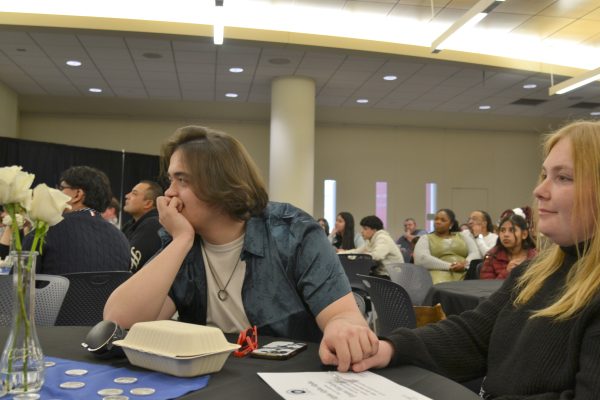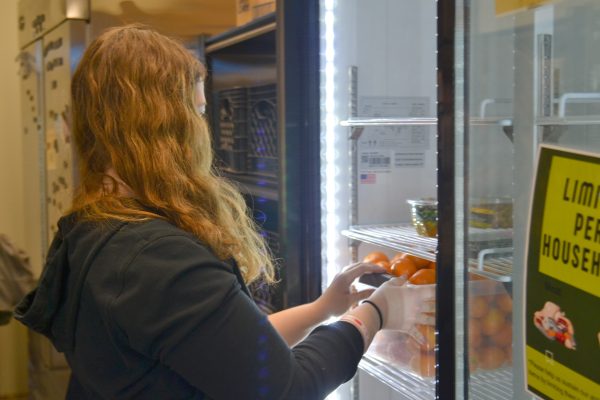The J-Term vote is in
As the changes to J-Term took effect for the first time this past month Hamline sees what the future may bring.
February 19, 2018
As many students learned this year, J-Term, or the Winter Semester, is no longer included as part of yearly tuition as it had in previous years. This change was subject to many undergraduate opinions, shown collectively in the Winter Semester census.
Registering in Winter 2014 were 1,374 undergraduate students, accumulating 5,425.5 credits all together. The following year this number rose to 1,426, then dipped a little in 2017 with 1,315 students taking 5,221 credits.
This previous J-Term, however, the number took a stark downturn to 392 undergraduate students taking 1,503 credits- is a significant drop in attendance from the overall rise the previous years had been showing.
Though the dismal numbers spoke to many students’ opinions, first-year Mateusz Florianczyk viewed J-Term as an overall positive experience.
“It was nice because it was shorter, but having class everyday… brought me back to the mentality of highschool… Like needing to be somewhere at a specific time everyday. Overall, I liked taking a whole class in a single month… I do plan to take more in the future, if it’s still around.’’
Floriancyk expressed displeasure with a few changes, though.
“I think [J-term] should count towards the required amount of classes a teacher needs to teach… they work hard, and I had a good experience. That professor deserved it for sure,” Floriancyk said. “It’s a great experience, but I wish it didn’t cost so much. I’m not sure if it’s worth the price.”
Professor Robert D. Canella, who taught his first J-term class this year, , also expressed, over email interview, an enjoyment of teaching the three-week class.
“The students seemed very motivated. They participated in discussions, put a lot of effort into their assignments, worked well with their classmates and came to class on time. Maybe it’s because I taught The Rhetoric of Food–most people can get excited about food,” Canella said.
Canella also explained the concerns many had over enrollment.
“From what I’ve heard, J-term and summer terms sometimes struggle with enrollment. However, I had 11 students in my J-term course, which was a decent number. I know people were concerned that shifting from “free” J-term to “paid” J-term would decrease enrollment numbers, but I haven’t seen any data on that yet.”
In a previous interview, Provost John Matachek said that Hamline was going to take the data acquired from the “new” J-Term to decide on the future of the semester.
“Students are literally voting with their pocketbooks,” Matachek explained. “We are going to see how it goes, and go from there… if we’ll change it or cut it entirely… which is, frankly, what most schools are doing.”
Those 392 undergraduate students cast their vote, and the verdict is yet to be determined.





